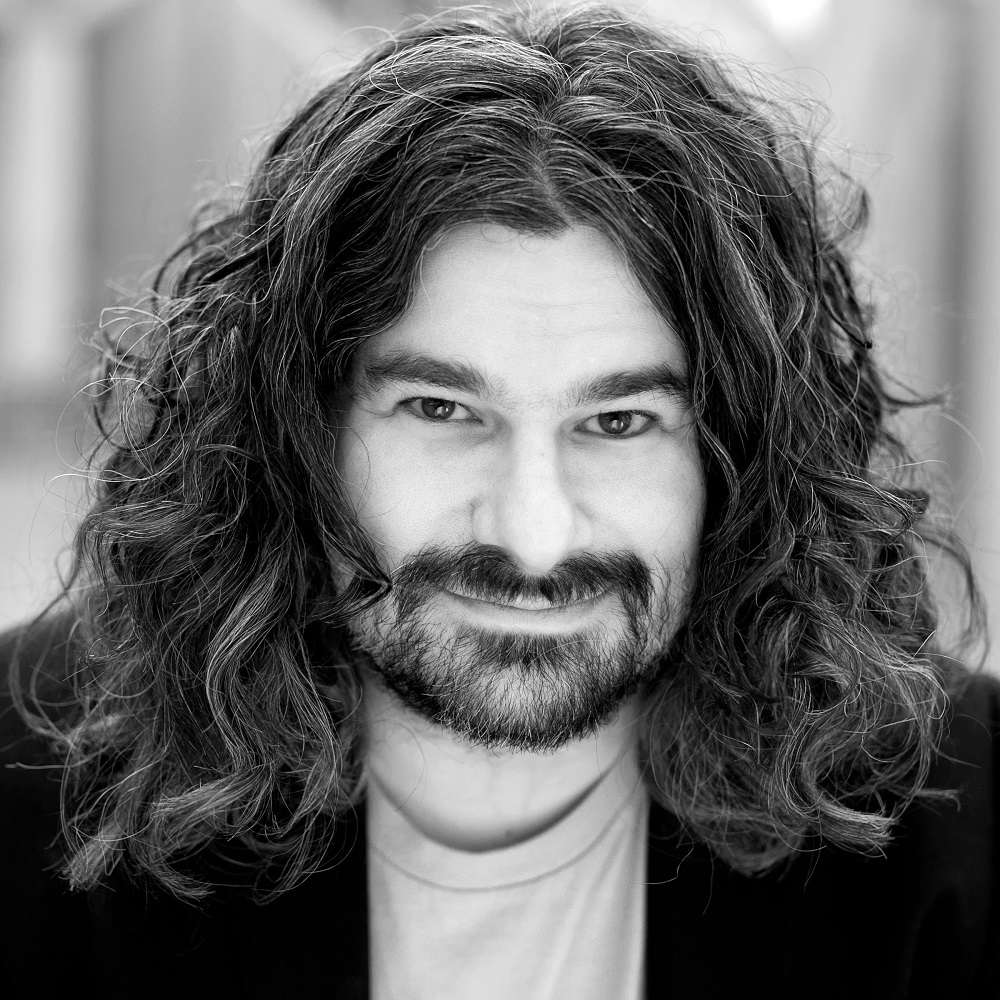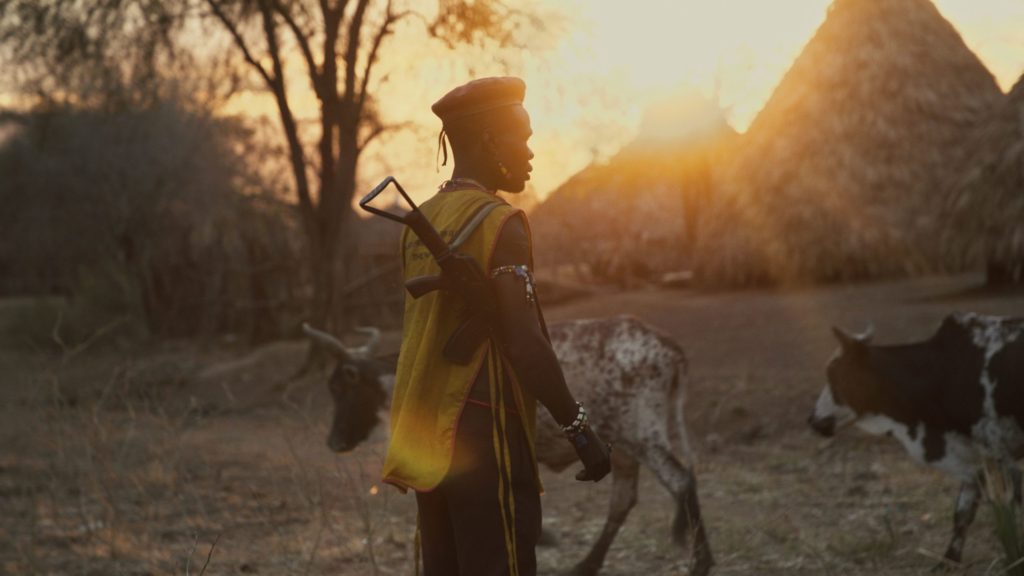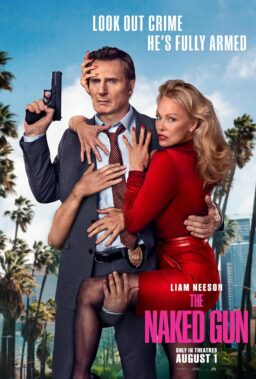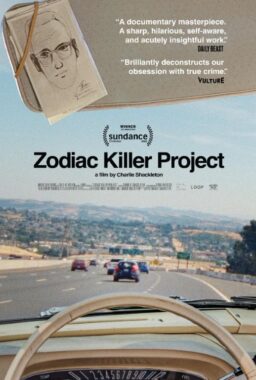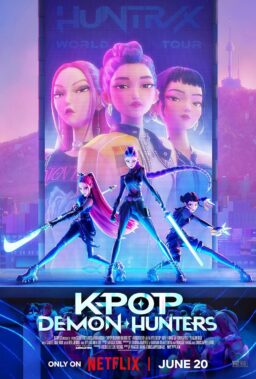Being back at Cannes a mere 10 months after the Covid-affected fest last July feels equal parts surreal and familiar. Staying at the same apartment complex, walking the same streets, gorging on food at favourite locales during brief windows of time where such gourmandising is possible, it’s impossible for this to not feel more than a bit like a home away from home.
The major difference between this and the 2021 edition is the full return of the industry side of the festival. The pavilions that line the Mediterranean beachside behind the Palais are once again bustling. There are two major exceptions—China’s presence here is basically non-existent, in part because of highly strict travel restrictions due to Covid-19, and Russia, who normally has quite an impact both in terms of journalists attending and films that are showcased.
The American Pavilion (AmPav, for those in a rush) is marked with Roger Ebert’s name on the conference room wall. His portrait looks over the hundreds that gather daily in that bustling place, a mix of film students, industry professionals and the like finding a cool place to relax in familiar environs.
On the first Tuesday, I took in three films that served as a kind of signpost for the diversity of the fest’s selection. The first was Christophe Castagne and Thomas Sametin’s “For the Sake of Peace,” an accessible if slightly straightforward portrait of young peacemakers in South Sudan trying to better their country’s fortunes through acts of empathy and compassion. Executive produced by Forest Whitaker and tied to the humanitarian work he does as part of a U.N. Mission, the film screened as part of the celebration of his cinematic talents that took place during the opening ceremony, one that (like most years) included some truly egregious musical performances.
Just before the ceremony, I watched all 3 hours and 40 minutes of Jean Eustache’s 1973 masterwork “La Maman et la Putain (aka, The Mother and the Whore),” a film that a half century later remains as provocative and influential as when it debuted here in Cannes. The film’s breakthrough star Françoise Lebrun was at this anniversary screening, attending with her director of last year’s “Vortex,” Gaspar Noé. The restoration is remarkable, and while some of its pacing and repetition hasn’t aged as well as it could, it is obvious even on my first viewing about why this is considered by many one of the greatest films to come out of this country.
Then there was “Final Cut,” Michel Hazanavicius’ remake of Shin’ichirō Ueda’s 2017 zombie meta-film “One Cut of the Dead.” As someone who got a chance to see the original at Montreal’s Fantasia Festival with one of their trademark boisterous crowds, the reaction of those collected at the Dubussy for the French Language version was obviously more muted. Still, I was actually charmed by the remake, and love the idea of a meta film commenting on another meta film, resulting in nestled spheres of reference that work just as well for those that had never seen the original as for those that already know when the jokes are going to land. It’s light stuff, to be sure, but given the often turgid, overwrought nonsense that opens this festival (looking at you, “Grace of Monaco”) I had less to complain about than some that we blasted off with bucket of blood.

The next day I caught “Alma Viva,” Cristèle Alves Meira’s story of a young girl named Salome (played the director’s wide-eyed daughter, Lua Michel). The film mixes the supernatural with near documentary-like precision, bringing forth the Portuguese village setting in a keen way. It’s a quiet, introspective film with an understated setting despite the clear familial turmoil that’s exposed. The result feels more unsettled than unsettling, lacking either a strong burst of genre payback or even something beyond the expected as the sibling breakdowns intensify.
After such quiet, it was quite the switch to attend an interview session with the festival’s biggest name draw, Tom Cruise. The Debussy theatre was packed for the chat with Didier Lalouche, and it was clear that Cruise was on a mission to make his point. While highly entertaining, charismatic, even magnetic at times, if one had to sum up the hour-long conversation it would be some form of “learn all aspects of your craft,” “support movie theatres,” and “I do it for the audience”.
This again takes nothing away from the effect that this Hollywood star continues to have on audiences both in person and on the big screen. That sense of him being a dying breed was at least part of the undercurrent of what was discussed. There were some great stories of humility, and others that showed off the extent that he contributed even when working under masters like Kubrick. Sitting mere feet away from him, it remains unnerving just how charismatic he can be in person, an aura that the motion picture camera has been managing to exploit now for decades.

The next morning, after what felt like a lifetime of waiting, I got to see “Top Gun: Maverick”. It screened, delightfully, in the newly renamed Agnes Varda Theatre. I’d love to think that Varda herself was there in spirit, wryly smiling at the beautiful men and women on screen, the erotic machines, and the boisterous soundtrack. From the opening note and “Simpson/Bruckheimer” logo you know the nostalgia is going to be blasted up to full afterburner, but I was genuinely thrilled that they expanded the storyline to near mythic levels, borrowing from everything from “The Dam Busters” to (more overtly) “Star Wars” to provide its structure.
I’ve been reflecting on the film’s conservative nature since seeing it—not in the sense of the implicit, imperialist fascism extoling the virtues of the American military complex, which is of course endemic, but in the sense that the whole film is trying desperately to hold onto something that’s slipping away. Often this takes place in the context of avoiding adaptation to genuine improvements, but there’s a case to be said that big, blockbuster entertainment that takes time to slow down and actually provide a modicum of emotional moments, told with a scope demanding to be experienced on the larges canvas possible, and with enough “real world” moments to differentiate from other motion-blurred CGI spectacle, is making its way towards extinction.
What’s been stuck in my head, and here we’re definitely in spoiler territory, is that unlike just about every other Campbell-influenced adventure, from Biblical epic to Samurai film to the lore of the Jedi, “Top Gun: Maverick” does something different—it’s the master, not the student, that makes things happen. Imagine if Obi-Wan was piloting the ship that blew up the Death Star? What’s to be learned from the fact that the student isn’t quite at the level of the master, save for the fact that maybe the teacher has a few more years of relevance in a system that by its very design is meant to replace with newer, more eager participants. As the man approaches his sixth decade it’s easy enough to see why he made a film that shows that maybe the kids have something to learn from those that have paved the way.
This makes “Top Gun: Maverick” in many ways the perfect Cannes film for 2022. It’s a film that showcases spectacle, moments of quiet, exceptional bombast and more than a little reflection on the very art of cinematic storytelling. Cannes has always bridged the gap between Hollywood and European art cinema, and now, thanks to global storytelling, it remains the true cinephile’s home for movies of all kinds. In one day, back to back, one can screen the biggest, loudest blast of fun, and something quiet, introspective, and emotionally intense—all under the giant umbrella called Cannes.
